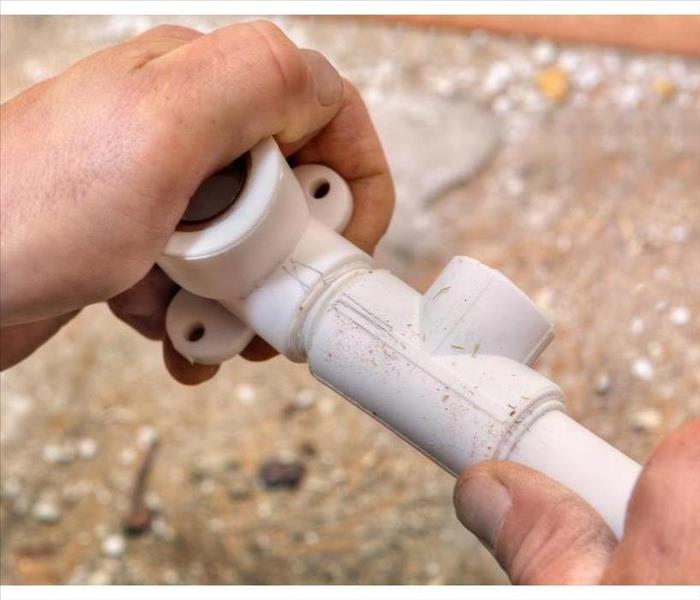Why You Should Change Your Polybutylene Pipes
9/3/2020 (Permalink)
 If your business is relying on polybutylene pipes, you should have them replaced as soon as possible
If your business is relying on polybutylene pipes, you should have them replaced as soon as possible
Why You Should Change Your Polybutylene Pipes
Sometimes, excitement over new technologies and materials can overwhelm attempts to understand the actual qualities of these technologies or materials. This has certainly been true in the case of polybutylene piping. Early enthusiasm over easy installation and relatively inexpensive cost resulted in its installation in many thousands of homes and businesses before serious flaws became apparent.
1. Your Piping is Probably Out of Date
If your piping was installed a long time ago, your chances of experiencing a catastrophic failure are increasing as time goes on. Every type of piping experiences normal erosion that wears away at pipes from the inside. When materials present in water react chemically with lining in your plumbing, it becomes more likely that pipes will crack or fail, causing damage where a leak has occurred. It is always advisable to install new plumbing if you have any concerns about the age of your existing water infrastructure.
2. They Are Prone to Chemical Corrosion
Because Polybutylene pipes are weakened by chlorine and other common water treatment chemicals, they are especially prone to failure only a short time after installation. Although these were likely installed between the 1970s and 1990s, they should always be replaced, regardless of how long ago they were installed.
3. Water Damage Can Cost You
Damage to your business caused by a leak or pipe burst is best avoided through prevention. If your space has been inundated with water, surfaces may have suffered structural damage that leave them prone to the development of mold. While it is possible to clean up this type of damage on your own, contacting a professional water remediation service will give your property the best chance of being restored to normal.
If your North Scottsdale, AZ, business is relying on polybutylene pipes to transport water, you should have them replaced as soon as possible. Other types of plumbing also have drawbacks, so it is important that you understand when your commercial property's system was installed, as well as what materials were used.






 24/7 Emergency Service
24/7 Emergency Service